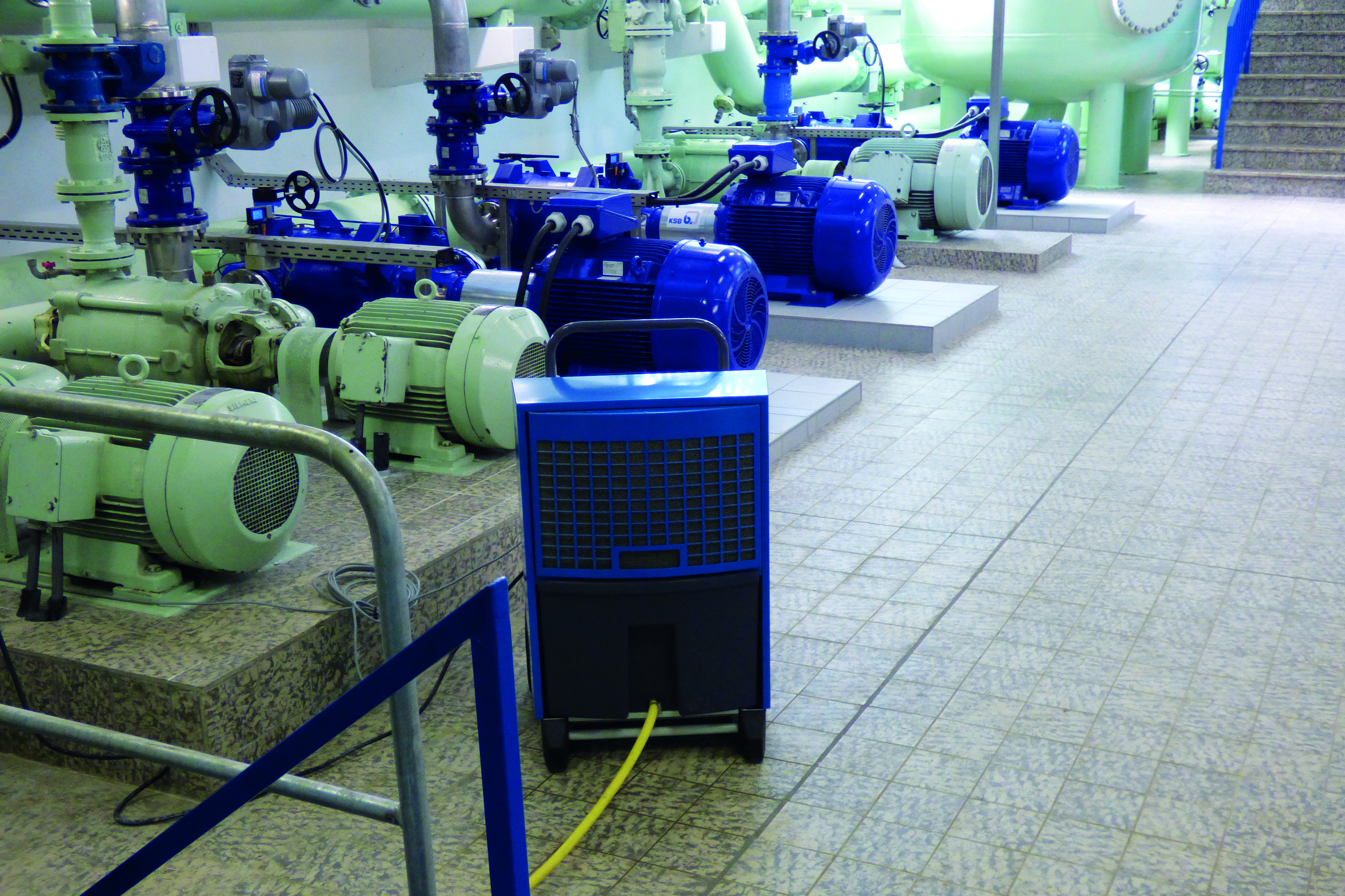Desiccant dehumidification compared to other humidity control technologies
There are three primary ways to remove moisture from air: Cooling it to condense the water vapor; Increasing its total pressure, causing condensation; Passing the air over a desiccant, which pulls moisture from the air through differences in vapor pressures.

Understanding how humidity works
When comparing the different humidity control technologies available in the market, it’s important to have a basic understanding of how humidity works. Key concepts to understand are relative vs. absolute humidity, and how they relate to dew point and condensation.
Moisture control strategies: dehumidification vs. heating
For a number of industrial processes and preservation applications, temperature control systems do double duty as humidity control solutions. While heating can provide some level of moisture control, it’s imprecise, inefficient, and costly. When humidity is the primary issue, dehumidification—not heating—is the most effective solution.
How desiccant dehumidification works
Desiccant dehumidifiers operate very differently from refrigerant-based dehumidifiers. Instead of cooling the air to condense its moisture, desiccants attract moisture from the air by creating an area of low vapor pressure at the surface of the desiccant. The pressure exerted by the water in the air is higher, so the water molecules move from the air to the desiccant, and the air is dehumidified.
The essential characteristic of desiccants is their low surface vapor pressure. If the desiccant is cool and dry, its surface vapor pressure is low, and it can attract moisture from the air, which has high vapor pressure when it is moist. After the desiccant becomes wet and hot, its surface vapor pressure is high, and it will give off water vapor to the surrounding air. Vapor moves from the air to the desiccant and back again depending on vapor pressure differences.
There are five typical configurations for desiccant dehumidifiers:
- Liquid spray-tower
- Solid packed tower
- Rotating horizontal bed
- Multiple vertical bed
- Rotating Honeycombe®
Each configuration has advantages and disadvantages, but the most effective choice for most applications is usually a system built around a Honeycombe® rotor.
Desiccants wheels and rotor technology
A desiccant wheel (also known as a rotor) consists of a semi-ceramic structure impregnated with a desiccant, set inside a metal wheel. The exact formula of the desiccant used is customized based on the application and the required level of moisture control.
Read more about the Munters patented rotor technology.
Choosing the right dehumidification solution
When controlling humidity with dehumidification, there are two widely available technologies – desiccant and refrigerant based dehumidifiers. While both technologies dehumidify the air, they have very different properties and use cases.


